Have you ever caught a glimpse of a shadow moving through the forest, only to realize it was a living panther, black as midnight? There’s an undeniable magic to the sight—a blend of mystery and wild beauty that tugs at your imagination. Black panthers aren’t a separate species, but a rare twist in nature’s palette, where leopards (and sometimes jaguars) turn “jet black.” What causes this stunning transformation, and why do these cats hold such a powerful place in our hearts and legends? Let’s step quietly into their world and see what secrets we can find.
The Secret Behind the Black Coat

Most people don’t realize that a black panther isn’t a type of big cat, but a leopard or jaguar whose fur is covered in a cloak of deep black. This change is due to something called “melanism,” a genetic quirk where too much dark pigment is produced. Imagine painting over a beautiful pattern with a thick, inky brush—those famous leopard spots are still there, just hidden in shadow. If you catch the light just right, you might glimpse the ghost of their rosettes beneath the surface. Melanism is rare, but in some forests, it can give a panther just the edge it needs to survive. That inky color is more than just beautiful—it’s a clever disguise.
Where Black Panthers Roam

Black panthers are rarely spotted, and for good reason. Their shadowy coats help them melt into the dense rainforests of India, Southeast Asia, and parts of Africa. These cats favor thick jungles and tangled undergrowth where dappled sunlight filters through the leaves. In these places, being black is actually an advantage—perfect camouflage for silent hunters. While leopards live in many habitats, the black ones seem to thrive especially in forests where their dark coats help them disappear. It’s as if these cats are made of the night itself, gliding unseen and unheard, a living secret among the trees.
The Drama of Melanism
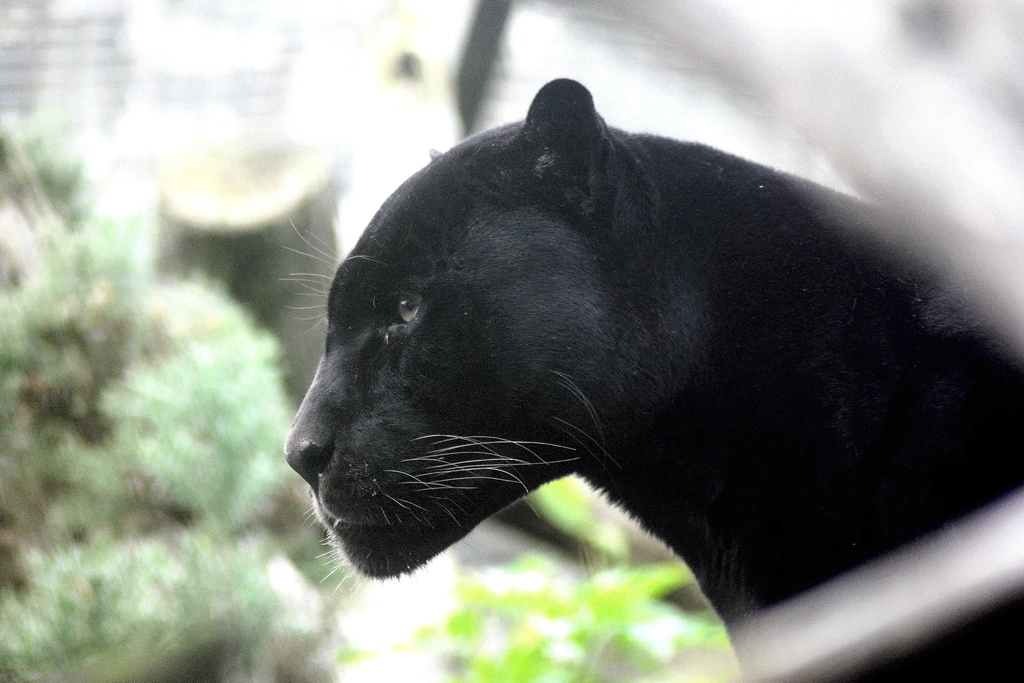
Melanism is more than just a color—it’s a twist in the genetic script. In leopards, a single change in their DNA flips the switch, flooding their fur with extra pigment. This isn’t just about looks; it may help these cats survive. In thick jungles, being black can mean the difference between catching dinner and going hungry. But in open grasslands, that same coat stands out. It’s a risky roll of the dice, and only some cubs inherit the jet-black trait. Nature is always experimenting, and every black panther is evidence of a bold genetic gamble that sometimes pays off in the wildest ways.
The Shadow in Folklore

For centuries, people have spun legends around the black panther. In many cultures, these cats are seen as spirits of the night, protectors, or even omens. Their rare and secretive nature has made them symbols of mystery and magic—animals that walk between worlds. In India, tales of the “Kala Bagh” (black tiger) haunt the villages near the forest edge. Sometimes, a fleeting glimpse is all anyone gets, and that’s enough to set imaginations racing. It’s no wonder black panthers have become icons in everything from comic books to folk stories. Their presence stirs something ancient and wild in us all.
Hidden Rosettes, Secret Spots
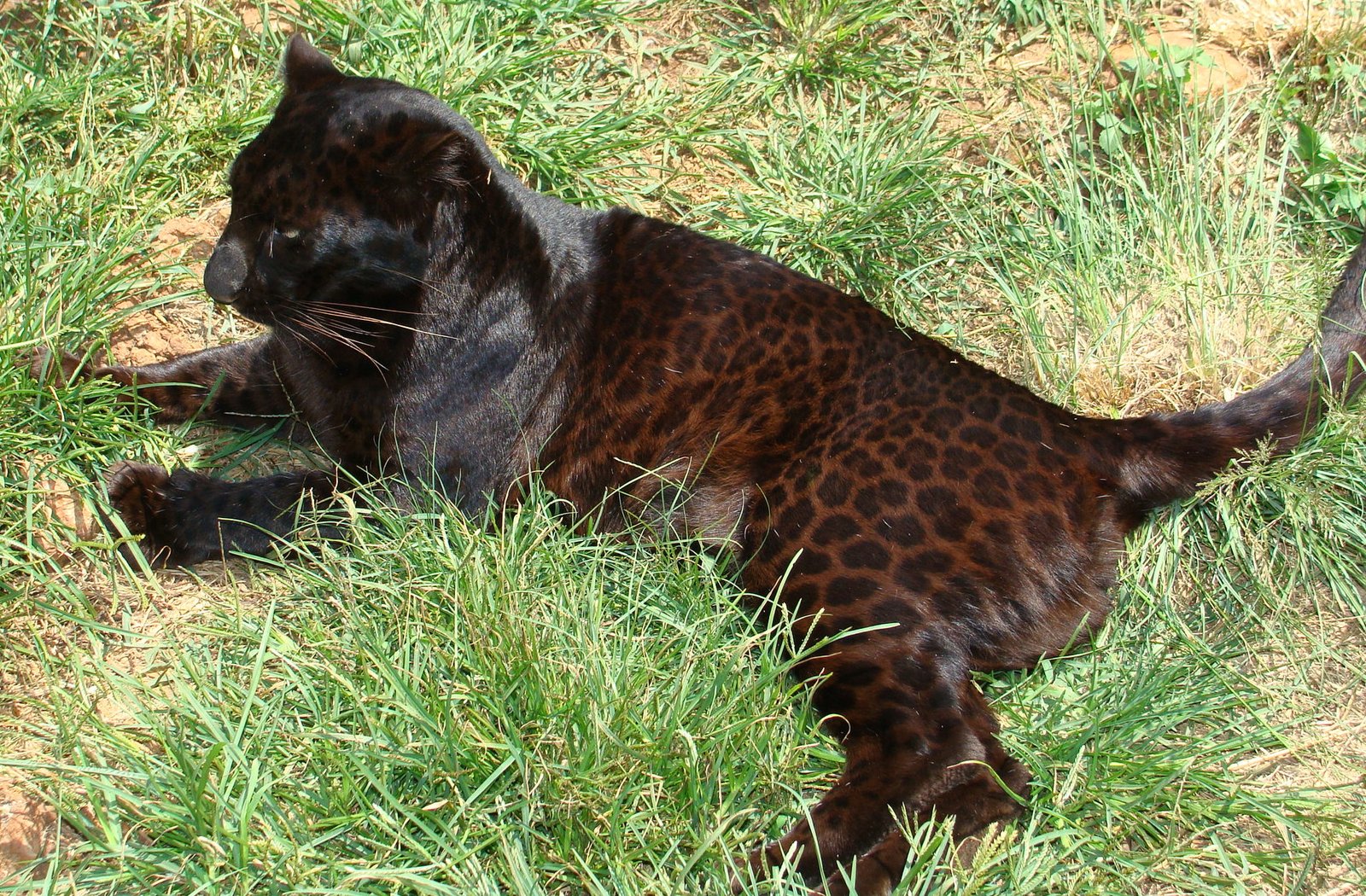
Even though their coats look pitch-black, black panthers don’t lose their spots. If you see a panther in the right light, you’ll notice faint patterns—like a secret message written in shadow. Those rosettes are still there, just painted over with extra pigment. It’s a reminder that, underneath, every black panther is still a leopard or a jaguar, with all the grace and cunning of its kind. This hidden beauty is part of their mystique, a secret for those lucky enough to catch a glimpse up close. It’s nature’s way of showing off, in the subtlest way possible.
Night Hunters

The black panther’s coat isn’t just for show—it’s a powerful tool. These cats often hunt at night, slipping through the darkness like living shadows. Their black fur lets them get close to prey without being seen, making them even more effective hunters than their lighter cousins. In the pitch-black forests, a panther can vanish completely, invisible even to the keenest eyes. This stealth has made them legends among local people, who rarely see more than a flash of movement or a pair of glowing eyes in the dark. It’s no wonder they’ve earned a reputation as the ghosts of the jungle.
Motherhood in the Shadows

Female black panthers give birth in the deepest cover they can find, hidden away from danger. Cubs are born blind and helpless, relying entirely on their mother’s protection. The dark coat can give both mother and cubs an edge, helping them stay out of sight from predators and rival cats. Mothers are fiercely protective, moving their young to new dens if they sense any danger. These early weeks are critical—a matter of life and death. Each surviving cub is a testament to its mother’s skill and the sheltering power of the panther’s shadowy world.
A Cat of Many Names
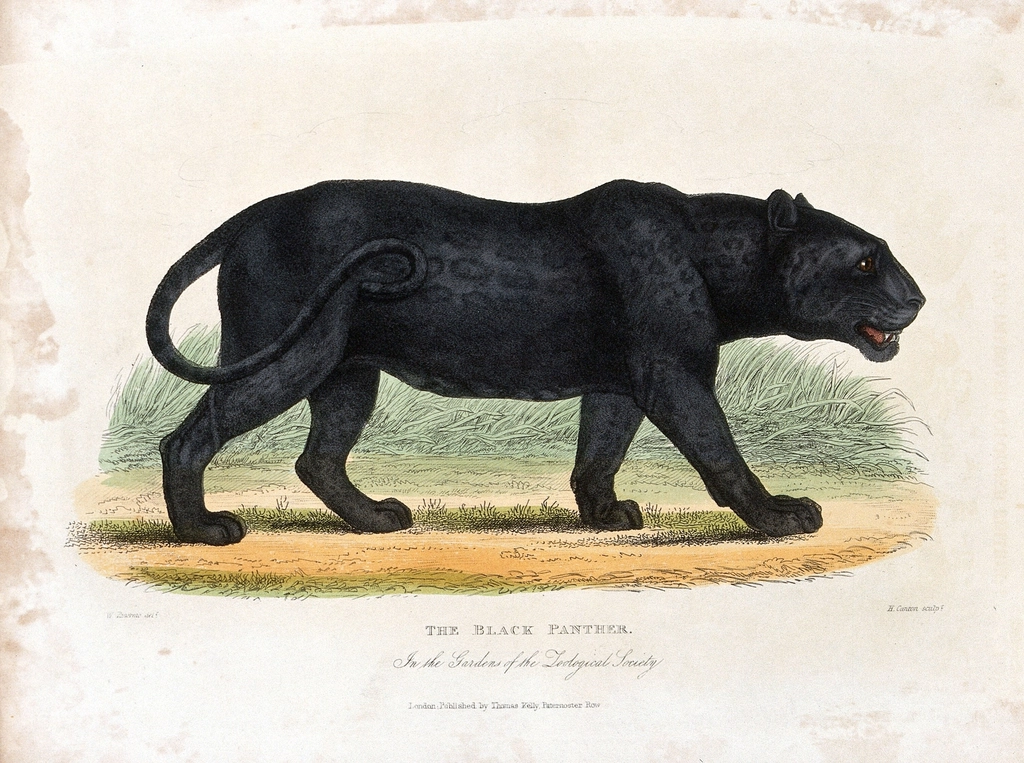
The name “black panther” is a catch-all label, but it actually refers to melanistic leopards in Asia and Africa, and sometimes jaguars in the Americas. Depending on where you are, people might call them “ghost cats,” “shadow leopards,” or “Kala Bagh.” Each name reflects a different culture’s awe and respect for these elusive animals. It can be confusing, but that’s part of their charm—no matter what you call them, their mysterious beauty is universal. These many names are like the panther’s own—hidden, layered, and a little bit magical.
Why So Rare?

Despite their fame, black panthers are extremely rare. Only a small percentage of leopard or jaguar cubs are born with the melanistic gene. In some populations, it’s as low as one in a hundred. This rarity makes each sighting feel like a stroke of luck, a brush with something extraordinary. Scientists are still unraveling why melanism is more common in some places than others, and every black panther is a clue in this puzzle. Their scarcity only adds to their allure, making every photograph and story feel like a precious treasure.
Clever Adaptations

Leopards are already masters of adaptation, and melanistic ones take it a step further. Their black coats help them hunt at night, but these cats are also incredibly agile climbers. A panther can drag prey twice its size up into a tree, safe from scavengers. This clever behavior lets them feast in peace, high above the forest floor. Black panthers, like all leopards, use every advantage—color, stealth, and cunning—to carve out a living in a world full of danger. They’re living proof of nature’s endless creativity.
Threats in the Shadows

Even the most elusive cat can’t hide from every threat. Habitat loss, poaching, and declining prey are putting pressure on black panthers just like their lighter relatives. Forests are shrinking, and with them, the places where these cats can survive unseen. Conservationists are working hard to protect these habitats, but it’s a race against time. Each black panther is a symbol of what we stand to lose—a living shadow that reminds us how fragile the wild can be. Their future depends on our willingness to keep the forests whole.
Eyes That Pierce the Dark

A black panther’s eyes are a marvel—large, golden, and perfectly designed for night vision. They can see six times better in the dark than a human, picking out the slightest flutter of movement. In the gloom of the forest, those eyes become their greatest weapon, helping them find food and avoid danger. When caught in a flashlight’s beam, their eyes shine with an eerie glow, like tiny lanterns in the darkness. It’s both beautiful and a little haunting, a reminder of how different—and how remarkable—these animals really are.
Feline Mystique in Pop Culture
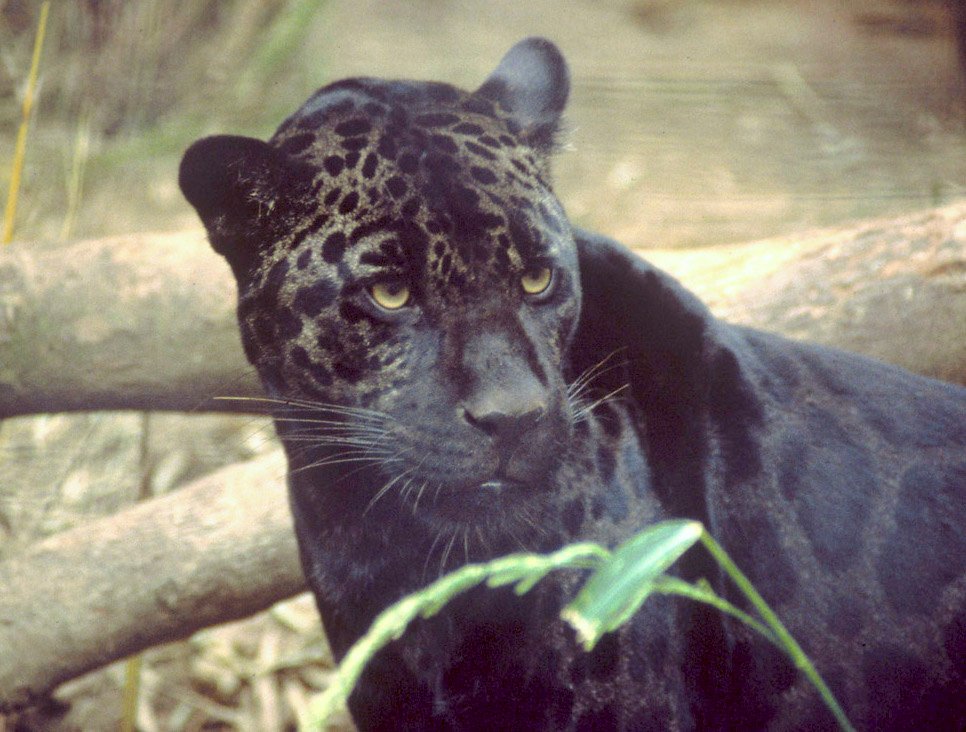
Black panthers have leapt off the forest floor and into our imaginations. From ancient myths to modern movies, they’ve become symbols of strength, secrecy, and resilience. The “Black Panther” superhero isn’t just a comic book creation—he’s a reflection of our fascination with these cats. They stand for everything wild and untamed, and their image inspires everything from art to fashion. Their mystique captures our longing for adventure and the unknown, making them icons in a world that sometimes feels too ordinary. In every story, the black panther is a reminder of magic just out of reach.
Soundless Stalkers

One of the most surprising things about black panthers is how quietly they move. Their padded paws let them slip through leaves and undergrowth almost noiselessly. This stealth is vital for hunting—they can get just inches from their prey before striking. Their silence is legendary among forest dwellers, who sometimes sense a panther’s presence only after it’s gone. It’s as if the jungle itself keeps their secrets, helping them vanish into the underbrush. This ability to move unseen is both a survival skill and a source of endless fascination for those who share their world.
Whiskers and Senses

Every black panther comes equipped with an array of sensitive whiskers that do more than just look cute. These whiskers help them “see” in the dark, sensing vibrations and changes in the air. When slipping through thick brush or stalking prey at night, their whiskers act like tiny radar antennas. It’s a superpower that helps them avoid obstacles and hone in on even the faintest sound. Combined with their sharp hearing and powerful sense of smell, these senses make black panthers near-perfect hunters. It’s another layer of magic in their already impressive arsenal.
Living with Leopards

In some regions, people share their land with leopards—including the rare black ones. This coexistence isn’t always easy. Farmers worry about livestock, while panthers see easy meals. Conservationists are working to find solutions that let both people and panthers thrive. Sometimes, this means better fencing or compensation for lost animals. Other times, it’s about education and celebrating the panther’s role in the ecosystem. When communities come together to protect their wild neighbors, everyone wins. Living alongside a black panther is a challenge, but it’s also a privilege—a daily reminder of how wild the world still is.
Changing Forests, Changing Cats
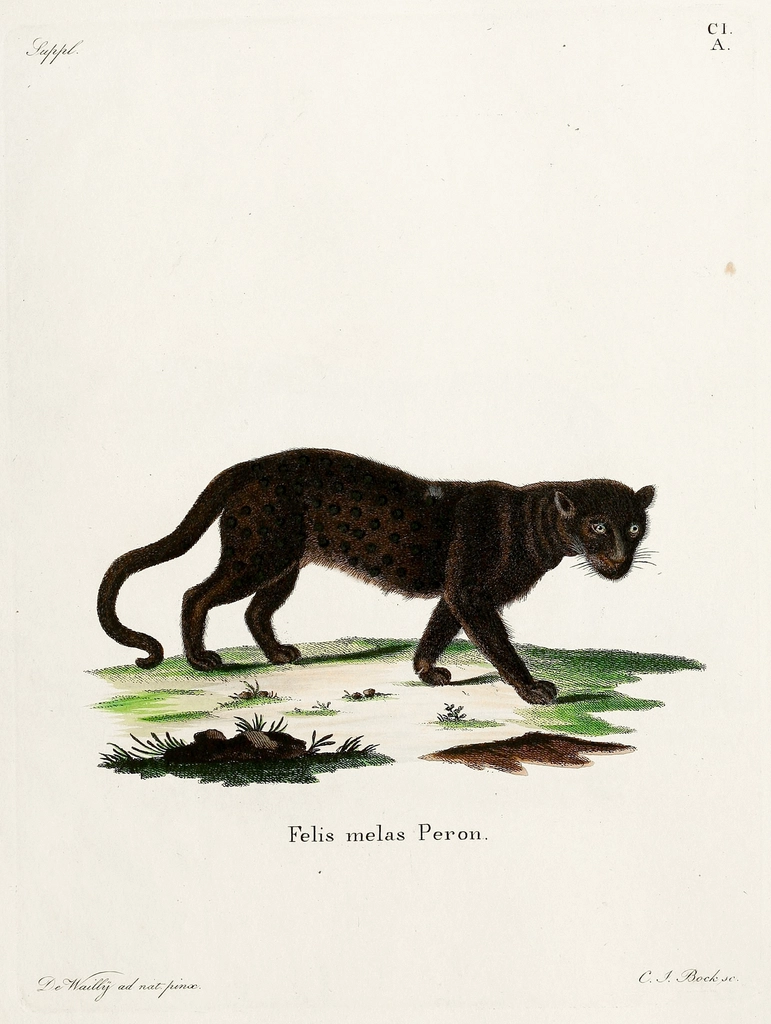
As forests shrink and change, so do the animals that live in them. Black panthers are especially vulnerable because they need dense cover to survive. When trees are cut down and habitats fragment, these cats have fewer places to hide, hunt, and raise their young. Conservation groups are racing to protect and restore forests, planting new trees and creating corridors for wildlife to move safely. Every patch of forest saved is a small victory for the panther and its kin. The fate of the black panther is tied to the health of the forest—when one thrives, so does the other.
A Symbol of Resilience

The black panther stands for more than just beauty—it’s a symbol of resilience in a changing world. Against the odds, these rare cats still stalk the shadows, adapting to new threats and challenges. They remind us that nature is full of surprises, and that even the rarest creatures can endure. Their story is one of survival, mystery, and hope. For every black panther that walks the forest floor, there’s a lesson about courage and adaptation. They are living proof that the wild spirit survives, even when the world feels uncertain.
Conservation Efforts

Protecting black panthers means protecting their entire world. Conservation groups are working with local people, governments, and scientists to keep forests safe and stop illegal hunting. Camera traps and tracking collars help researchers learn more about these elusive cats. Every bit of information helps—where they go, what they eat, what dangers they face. Saving the black panther is about more than just one animal; it’s about keeping wild places alive for all the creatures who depend on them. It’s a shared effort, and every small victory is a step toward a wilder, richer future.
What the Future Holds

No one can say for sure what the future brings for black panthers. Climate change, forest loss, and human-wildlife conflict all threaten their survival. But there is hope. With more awareness, better protection, and a growing appreciation for wild places, there’s a chance these shadowy cats will continue to haunt the forests for generations to come. Their story isn’t finished yet—it’s still being written by every person who cares about the wild. The black panther teaches us that beauty, mystery, and resilience are worth fighting for. Will we listen?
Conclusion
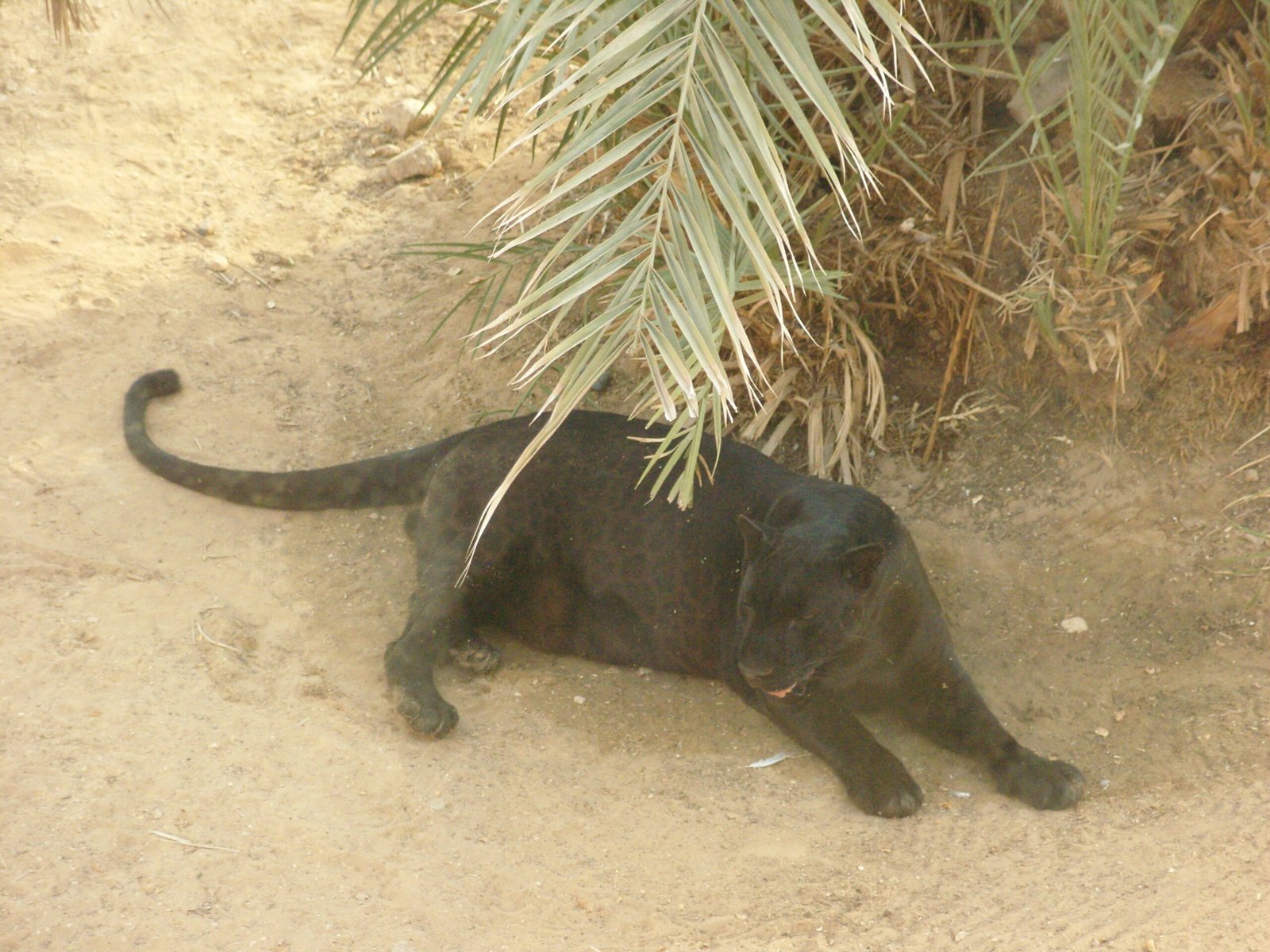
The black panther remains one of nature’s most captivating secrets—a living shadow, both rare and resilient. From their hidden spots to their silent steps through tangled forests, these big cats inspire awe and wonder at every turn. Their story is a reminder of the wild beauty that still exists, even as the world changes around us. To glimpse a black panther is to feel the thrill of the unknown and the promise of something extraordinary just out of sight. Could anything be more magical than knowing these wild spirits still roam the earth?

Suhail Ahmed is a passionate digital professional and nature enthusiast with over 8 years of experience in content strategy, SEO, web development, and digital operations. Alongside his freelance journey, Suhail actively contributes to nature and wildlife platforms like Feline Fam, where he channels his curiosity for the Feline into engaging, educational storytelling.
With a strong background in managing digital ecosystems — from ecommerce stores and WordPress websites to social media and automation — Suhail merges technical precision with creative insight. His content reflects a rare balance: SEO-friendly yet deeply human, data-informed yet emotionally resonant.
Driven by a love for discovery and storytelling, Suhail believes in using digital platforms to amplify causes that matter — especially those protecting Earth’s biodiversity and inspiring sustainable living. Whether he’s managing online projects or crafting wildlife content, his goal remains the same: to inform, inspire, and leave a positive digital footprint.






